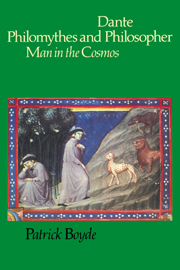8 - Images of God as maker
Published online by Cambridge University Press: 17 September 2009
Summary
Metaphorismatics
the greek poet and philosopher, empedocles, once attempted to explain the saltness of seawater by saying that ‘the sea is the sweat of the earth’. The striking phrase found no favour with Aristotle, however, who commented dryly that ‘such a statement is perhaps satisfactory in poetry, for metaphor is a poetic device; but it does not advance our knowledge of nature’.
The clear-headedness and native caution evident in this typical reprimand were not without influence on subsequent philosophers, but even Aristotle's greatest admirers seem to have been powerless to resist the blandishments of simile, metaphor and myth when they turned their minds to the subject of the First Creation and the origin of species. And from one point of view, it is scarcely too much to say that all philosophical and theological speculation about the Beginning of Things has been bedevilled by the persistence of mythical and metaphorical modes of thought inherited from earlier and more primitive phases in the history of Western culture and religion.
It is, of course, possible to vindicate the use of figurative language in this kind of context, and Dante justifies his own ever more daring use of fiction and metaphor in the Paradiso by sketching out two of the more familiar lines of defence. The first may be called the argument from linguistic need.
- Type
- Chapter
- Information
- Dante Philomythes and PhilosopherMan in the Cosmos, pp. 205 - 234Publisher: Cambridge University PressPrint publication year: 1981



